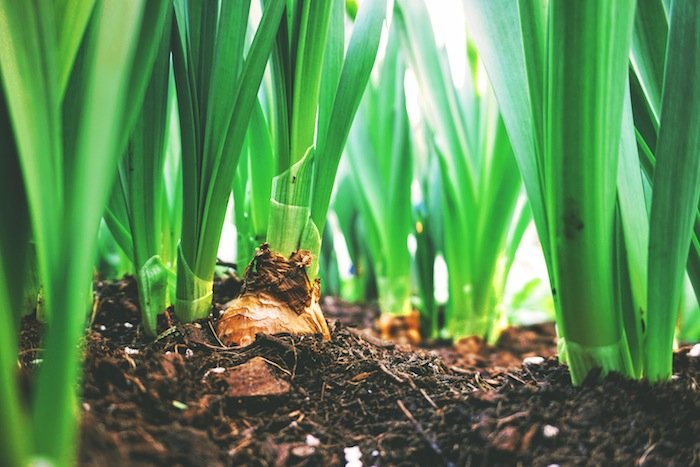The joy of seeing a home garden thrive is akin to seeing a child grow in the way we desire. Parents know how hard it is to raise discipline in young minds. Similarly, farmers have experienced a pretty tough time managing their plant life, especially when not using extra creative measures such as fertilisers, crop rotation for bigger gardens, and even learning to make compost.
Once you understand the basics, you can easily proceed to make your compost. Buckle up, gear up your gardening shoes and let’s start composting.
Several issues and questions suddenly arise when convincing someone to make compost for their backyard garden. The most important question to address is Why.
So, why struggle and go the extra mile to make your compost?
- It’s pretty easy, requires less of your attention, and comes with more benefits.
- Beneficial organisms are introduced to the soil, increasing fertility and produce.
- Well, you’d rather make compost than consider commercial options like fertilizers, which are less friendly to you and Mother Nature.
- Compost material reduces landfill waste by up to 1/3 annually. It also recycles yard and kitchen waste.
- You’ll simply enjoy learning to make compost.
Getting Started

Now that you understand the benefits that you’ll accrue when you make compost at home, we can get you started on how to go about it.
First and foremost, you need to understand the composition of compost. It primarily consists of 2 major components: carbon and nitrogen.
Nitrogen comes from the green material and should be used in a lesser quantity for faster decomposition. This includes table scraps, tea leaves, seaweed and kelp, grass clippings, leaves and garden weeds, flowers, cuttings, fruits and vegetable scraps, chicken manure, and coffee grounds. They add moisture as you make compost. Too much of these materials may cause your manure to be smelly, dense, and decompose slower than usual.
The two-thirds of carbon come from brown material, which allows aeration, nourishing the organisms in the compost. This quickens decomposition. The brown material includes shredded paper, straw or hay, shrub pruning, wood ash, pellets, old newspaper, dry leaves, corn cobs, dryer lint, stalks, cardboard, and pine needles.
Steps to Make Compost

As a beginner who has recently started gardening, you shouldn’t complicate the process; you can keep the fancy ideas for later once you have the bigger picture in mind.
Start with either stationary or rotating compost bin, which makes your work tidier and easier. Don’t make compost with little material in the bin; it should just be enough to provide a quantifiable result. Start by covering the smelly nitrogen material with the sweet brown material. A proper compost bin should retain heat, and if possible, the container should be exposed to the sun. The mission here is to quicken the process.
Remember to turn and mix the contents periodically – say weekly – which combines decaying material and allows oxygen to circulate freely. Here, you can make use of a compost aerator or a pitchfork. The result might take months depending on your mixing process, but it should be nice earthy-smelling dark-chocolate manure in the end.
In Summary
Here are a few pointers to avoid mistakes as you make compost. Keep it moist – add green material and water if necessary and if it starts to smell, add the brown. Use a combination of different components for best results, avoid animal products that attract pests and pets, and remember, it’s a trial – you’ll get perfect with practice.
Now that you know how to make compost, have you tried it yet at home?














Hi Archie,
I am trying to figure out how to turn my property into an eco friendly yard. Too much grass.
Want butterfly bushes, wild flowers with a stepping stone path, a bench and peacefulness.
Have no idea how or where to start.
Any suggestions?